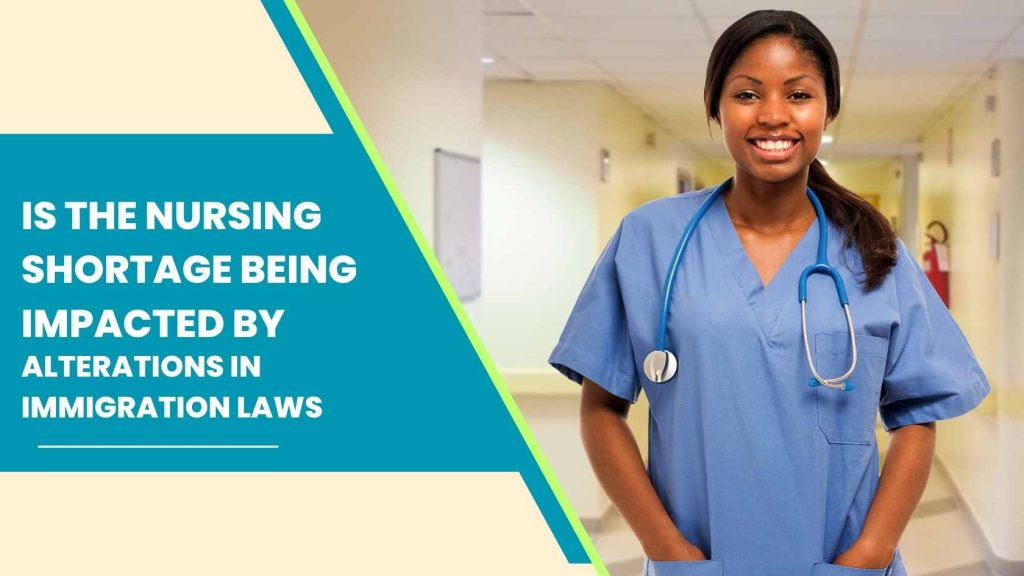- Oak Brook:(630) 705-9999
- Chicago:(312) 920-8822
- Email:inquiry@vervecollege.edu
- Make a Payment
- Home
- Programs
- Admission
- Resources
- ATI Entrance Exam Resources
- New E-Digital Library
- Refer a Friend
- School Newsletter
- Events
- Employers
- Job-Network
- Alpha Beta Kappa Candidates
- Verve College Library
- Graduation and Pinning Ceremony Photo Galleries
- Textbook Information
- Career Services
- Tutoring
- School Catalog
- FAQ
- Constitution Day Program
- Alumni
- Verve College Plans
- Financial Aid
- HEERF Reporting
- Satisfactory Academic Progress
- Apply For Financial Aid
- Net Price Calculator
- Return of Title IV Funds (R2T4)
- Financial Aid Office Code of Conduct
- Contact
- FAQs
- Verification Policy
- Vaccination Policy
- Student Right-to-Know Act
- Misrepresentation
- Information Security Program
- Academic Award Year
- Availability of Employee
- Cost of Attendance
- Health & Safety Exemption Requirement
- Students Rights and Responsibilities
- Leave of Absence
- Pell Formula
- Military Students
- Grants/ Scholarship Policy
- Contact Us
- Login
- Testimonials
- Blog
Is a Nursing Career Right For You?
Take The Free Quiz
Is the Nursing Shortage Being Impacted by Alterations in Immigration Laws
Is the Nursing Shortage Being Impacted by Alterations in Immigration Laws
Immigration, a stronghold of the U.S. economic system, can help fill the dangerous labor shortage. According to the 2023 State of Nursing State “91% of nurses who get diploma from illinois college of nursing accreditation with prerequisite courses (continuing accreditation) think the nursing shortage is growing more severe, and 79% report that their unit is understaffed.” 90% of hospital CEOs say nursing shortages are their top workplace concern.
The U.S. Bureau of Labor Statistics projects that “about 203,200 registered nurse openings” will be available annually over the next decade. The Bureau of Labor Statistics predicts that “about 203.200 registered nurse openings” will occur annually over the next decade.
These trends indicate that, no matter how severe the nursing shortages may be, they will likely worsen over time. McKinsey predicts that in the short-term, by 2025, “the United States could have a shortage of clinical nurses between 200,000 and 450,000 for direct patient care. This would be equivalent to a 10-to-20 percent gap.”
The situation is worsening in the long term due to the aging of the baby boom generation. Over 73 million Americans (21% of U.S. residents) will be 65 or over by 2030. This means that demand for health care services will increase while supply will stagnate in long-term care facilities. The implications are enormous for the quality of healthcare facilities.
Related:- The Nursing Shortage and Its Potential Effects on Patient Care
In studies, it is consistently found that there are significantly more deaths for patients when there are fewer nurses per patient. A lack of practical nurses per patient has also been linked to several adverse patient outcomes, such as increased medication errors, infections, and higher pneumonia rates at clinical setting. The stress of inadequate staffing also affects nurses helping patients. This creates a vicious cycle wherein inadequate staffing leads to higher rates of nursing burnout.
The short-term solution to the nursing shortage is not to educate more nurses in the United States. As the American Association of Colleges of Nursing noted, “U.S. nursing schools rejected 91,938 qualified applicants (not students) for diploma from hybrid practical nursing program (hybrid program) or LPN program at community college for clinical training and hands-on experience by 2021 because of a lack of faculty, clinical sites, and classroom space in a wide variety of healthcare settings.
This otherwise unsolvable problem can be solved by encouraging more skilled immigration. Nurse practitioner with foreign education and nursing degree in illinois are well-trained professionals or future nurses with having a hands-on learning, leadership skills, clinical practice & qualified to work in medical facilities nationwide by their experiential learning and can fill the growing care gaps. Many countries, such as the Philippines and India, train an excess of nurses in the hope that they will go abroad and bring money home. This is a win-win situation for everyone.
As a result, hospitals & nursing homes are increasingly turning to foreign-educated nursing staff. The current nursing shortage will be better with these professionals. This could lead to more adverse outcomes for the patients.
Impacted by Alterations in Immigration Laws
Donald Trump issued Executive Order 13769 in February 2017 to restrict or bar entry for immigrants from certain countries deemed to pose a risk to national security. Since then, this order has been revised, and parts have been rescinded. New countries have also been added to the list. The ban or bar currently applies to North Korea, Libya, Syria, Iran, Yemen, Somalia, and elected officials in Venezuela. These countries only contribute a small number of healthcare professionals to provide care to patients & for checking vital signs, primarily physicians who have clinical experiences, to the U.S. workforce. However, their impact can be felt in rural areas that need clinicians. Overall, the impact on nursing who have a hands-on training is minimal when considering the countries the immigrants came from.
Africa, including Nigeria, Ghana, and Liberia, is the second largest source of foreign-born nurses to immigrate to the U.S. The ban would affect Somalian nurses the most. However, those who meet the visa requirements could still be accepted after a thorough screening process. The Caribbean and Latin America account for 18%, while Europe, North America, and Oceania comprise the rest of the population.
 Sign up
Sign up Login
Login




